- Home›
- Healthy Living›
- 8 Indian Foods To Help Keep Your Waistline Trim And Slim
8 Indian Foods To Help Keep Your Waistline Trim And Slim
By: Priyanka Maheshwari Tue, 05 Sept 2023 5:34:58

Indians have a deep love for food, and each state offers its own unique culinary treasures. When attempting to recreate Punjabi dishes in South India or Bengali cuisine in Gujarat, we often struggle to capture the authentic flavors. Each state holds its own closely guarded secret ingredients that are challenging for others to replicate. Whether it's the rich and buttery Punjabi dishes, the South Indian cuisine infused with mustard and curry leaves, the fluffy Gujrati dhokla, or the sweet mishit doi from Bengal, just hearing these names can make your mouth water. This intense passion for food defines us as Indians. These delightful dishes awaken our appetites, and we find ourselves indulging, only to later lament the weight gain.
Many of us fail to develop a taste for cornflakes or oats, the foods recommended by dieticians for reducing calorie intake. Let's explore these diverse foods that not only tantalize our taste buds but also offer health benefits. Indian cuisine and spices not only provide a burst of flavor but also contribute significantly to our well-being.
In today's world, weight-related issues plague many of us, and following the diet plans suggested by nutritionists can often be challenging. We may manage to stick to them for a week at most before reverting to our traditional rice, rotis, and curries. Surprisingly, the staple foods that are an integral part of Indian households can also promote good health when consumed correctly. They not only aid in weight loss but also possess numerous healing properties. These dishes are crafted from the same basic ingredients that can help us shed pounds. However, the challenge lies in preparing them in a way that doesn't expand our waistlines!
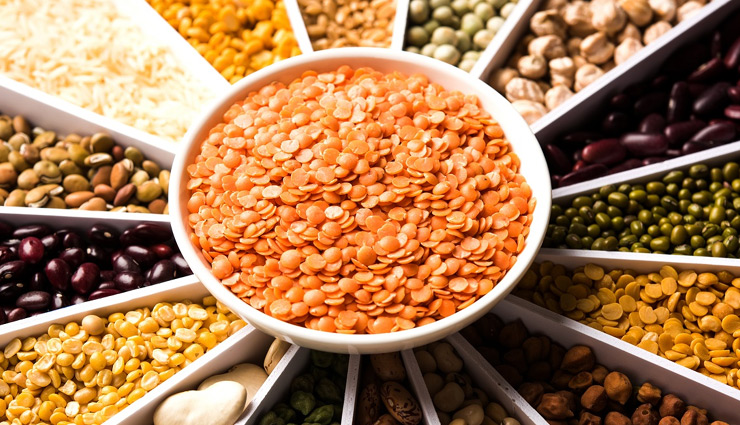
# Pulses Or Dal
Let's begin with legumes; we are well aware that dals or pulses are an excellent reservoir of essential vitamins and minerals, constituting a fundamental component of our meals. They are abundant in Vitamins A, B, C, and E, as well as essential minerals such as calcium, iron, and potassium. Furthermore, they serve as a valuable source of amino acids. If you've embarked on a weight-loss journey, consider substituting other types of dal with moong dal for a few months. Moong dal's low fat content makes it a preferable addition to your slimming plan. Pulses are also rich in protein and dietary fiber, aiding in blood sugar regulation, digestion, and the management of high blood cholesterol levels. When these legumes are prepared with additional vegetables and minimal oil, their health benefits are further enhanced!
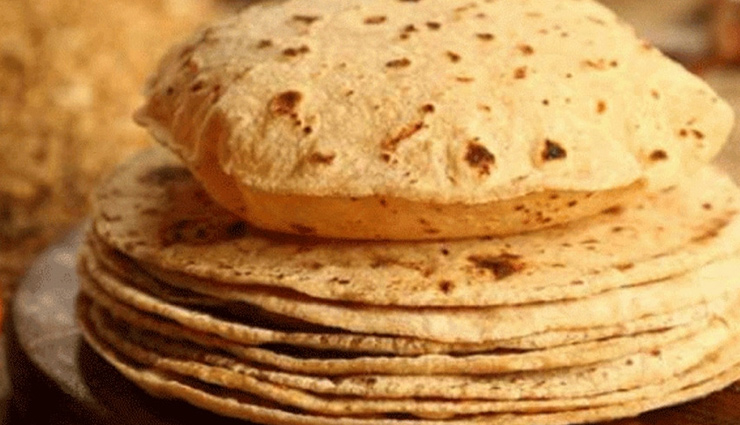
# Roti Or Chapatti
Roti or chapatti is a dietary staple for North Indians, Rajasthani, and increasingly, Bengalis. Traditionally, atta, the flour used to make rotis, was exclusively crafted from wheat. However, nowadays, we can find multigrain atta in the market, which includes a balanced blend of wheat, jowar, bajra, barley, or sattu. Each of these components is fiber-rich, promoting digestive health, and being abundant in carbohydrates, they provide a significant energy boost. Both chapattis and paranthas are created from flour, with the distinction that chapattis are dry-roasted over an open flame, while paranthas are cooked with oil, ghee, or butter. How about choosing the healthier option of oil-free rotis over the calorie-dense, oil-fried paranthas? By making this simple adjustment, you can address both your overall health and weight loss goals.
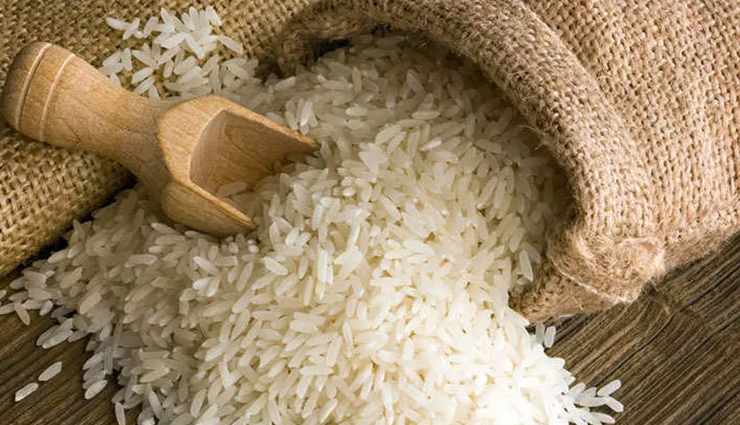
# Rice
Rice constitutes another essential component of the Indian diet, and there's a particular fondness for these grains, especially the refined white variety. White rice, with its polished appearance, enhances our culinary experience, but it also comes with a high calorie count. This is why nutritionists advocate for the consumption of brown rice, which is abundant in dietary fiber. However, if you prefer not to switch to brown rice, it's advisable to limit your white rice intake to a small portion. Complement it with two chapattis for a delightful combination of carbohydrates and fiber. This way, you can savor both taste and health in a single meal!
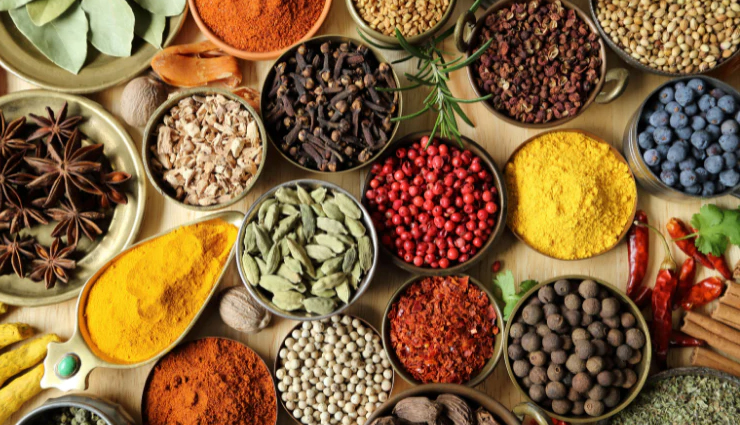
# Indian Curries
Indian curries are renowned worldwide for their rich texture, spiciness, and indulgent use of oil. The sight of oil glistening on the surface and the creamy consistency can instantly tantalize the taste buds of food enthusiasts but may deter those who are health-conscious. Let's transform these dishes into a universally appealing choice. Opt for cooking in non-stick pans with minimal oil and roasted whole spices, which impart a distinct flavor to Indian cuisine. Instead of using cream, incorporate yogurt for that creamy texture. By adopting these health-conscious cooking techniques, you can not only improve your well-being but also preserve the authentic flavors. Yes, you can dispel the misconception that a nutritious Indian meal cannot be simultaneously delicious.
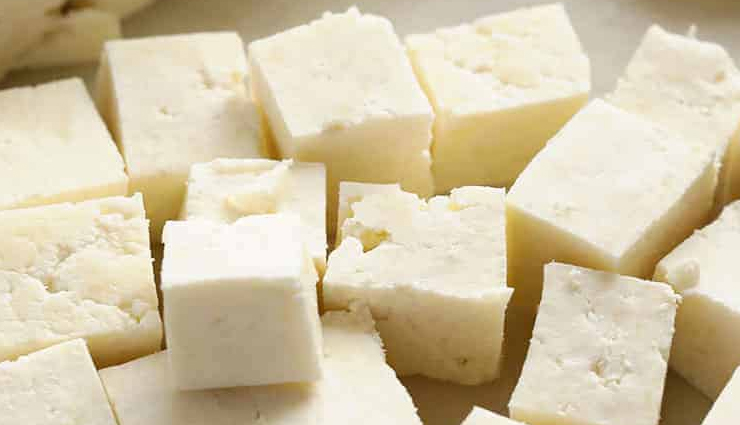
# Paneer
Often referred to as the "chicken for vegetarians," paneer's delightful softness and flavor make it universally appealing, beloved by both young and old alike! While paneer is crafted from milk, it might be surprising to learn that it is relatively low in calories. However, the calorie content of paneer hinges on whether it is produced from full cream milk or toned milk. Since it can be challenging to determine when purchasing from stores, it is advisable to prepare paneer at home using toned milk. This way, you can retain the taste while significantly reducing the calorie count. Paneer, being milk-derived, boasts high levels of proteins and calcium. Research has also demonstrated that paneer contributes to the prevention of osteoporosis. Here is a perfect blend of delectable flavor and health benefits!
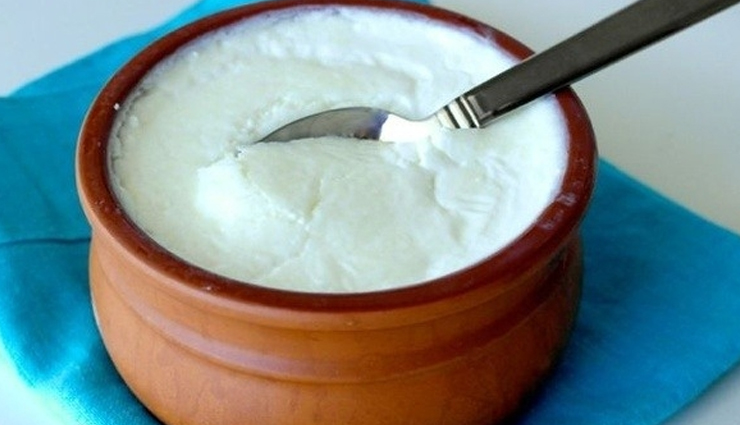
# Curd
Another dairy product, yogurt, is a healthy choice. Prepared through milk fermentation with specific bacteria, it stands out as an excellent component for weight management. Yogurt also aids in digestion, thanks to the presence of beneficial bacteria that promote healthy digestive processes. Furthermore, curd can be employed in certain recipes as a substitute for cream, lending that coveted creamy texture. Opting for yogurt made from low-fat milk or preparing yogurt at home is highly recommended. The lower the fat content, the more favorable it is for your health!
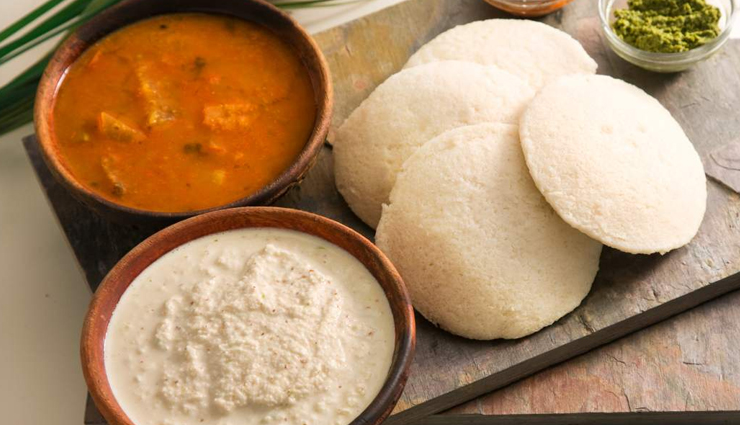
# Idly
Now, let's journey to South India and explore their dietary mainstay, idly. Crafted from a fermented blend of rice and dal, and cooked through steaming, this South Indian delicacy provides a substantial dose of carbohydrates and protein. With minimal fat content, idlies are also exceptionally easy on the digestive system. They make for an ideal breakfast choice, especially for those aiming to shed pounds and prefer a departure from oats!

# Dhokla
In the western region of India, particularly in Gujarat, dhoklas enjoy widespread popularity. These steamed delights, akin to idlies, are crafted from fermented dal. Dhoklas hold significant appeal for diabetic individuals. Due to their steamed preparation rather than frying, they are virtually oil-free, resulting in a low calorie count. Furthermore, their dal-based composition boosts protein and fiber content, making them a double boon for those grappling with weight concerns!





